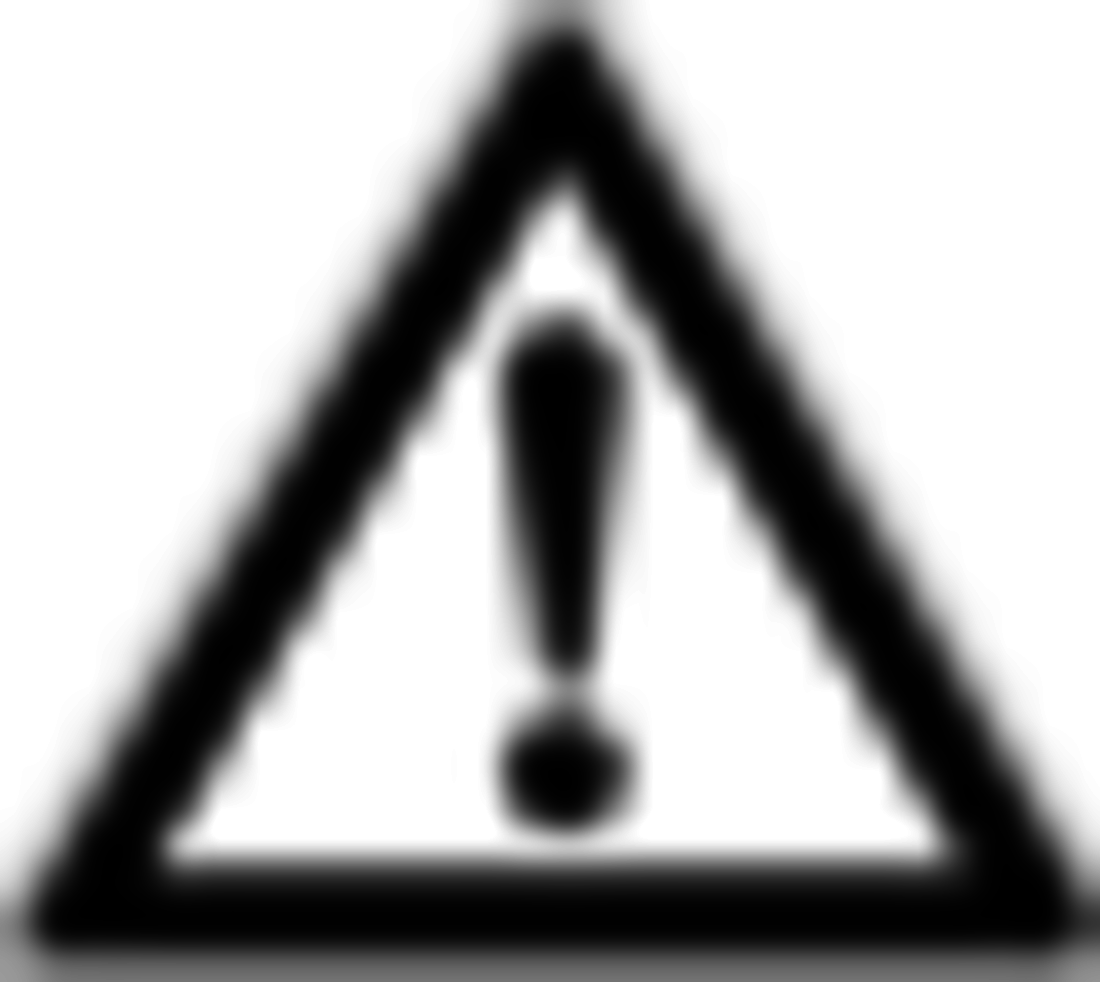Maintenance
Recommendation for maintenance intervals under ideal operating conditions and continuous operation:
First maintenance after 100 operating hours, then every 3000 operating hours/ 4 months.
 Risk of skin burns in the vicinity of the blower caused by hot air medium, hot motor or hot housing. There is a danger to life near high-temperature blowers with airstream temperatures of up to 150 °C.
Risk of skin burns in the vicinity of the blower caused by hot air medium, hot motor or hot housing. There is a danger to life near high-temperature blowers with airstream temperatures of up to 150 °C.
Before working on the centrifugal blower wait until it (motor, housing) has cooled sufficiently and the air medium has mixed with cold air and cooled to below 60 °C. The blower should then only be approached close up and then only be touched if you are certain that it has cooled down. This applies in particular to high-temperature blowers.
 Danger during maintenance work with protective equipment removed
Danger during maintenance work with protective equipment removed
Work with due regard for safety and an awareness of hazards if you have to undertake maintenance work with protective equipment removed, e.g. when taking measurements on live parts.
Regular maintenance
- Deactivate the mains fuse and fit a padlock to make sure it isn't reactivated.
- Wait until the blower has cooled down sufficiently and the impeller is stationary before removing the protection against accidental contact or touching the blower.
- Block the impeller so that it cannot move any more. This protects you from unforeseen rotary movements, such as those which may be caused by air flows in the ventilation channel.
- When air is drawn in, frictional/grinding dusts or corrosive air may wear the impeller and cause vibrations. Clean the impeller as previously described. If the impeller is heavily worn, replace it with a genuine spare part.
- Check the minimum spacing between the impeller and impeller housing, the impeller shaft and exhaust opening. Ensure that the impeller is not rubbing and that the impeller housing has not distorted. Changes to spacing or loose screws may make re-alignment necessary.
- Regularly check the motor for abnormal vibrations and noises.
- Check the condition of welds and resistance to oxidation.
Replace oxidised screws and nuts. - Check the condition of the seals. Replace damaged seals.
- Regularly check that the protective devices are fully functional. Should they malfunction or be heavily worn, replace them to ensure smooth operation.
- To prevent the motor from overheating, ensure that the air inlet is not blocked.
- Refit any components you may previously have removed (e.g. protective grille).
- Regularly check the motor for abnormal vibrations and noises.
- Check that guards are fully functional. Ensure that they are working properly.
 Overheating and damage to units resulting from stopping at temperatures >60 °C
Overheating and damage to units resulting from stopping at temperatures >60 °C
In no circumstances should you stop the blower before the air medium inside it has reached a temperature of <60 °C. This will protect the motor from damage caused by overheating. If this temperature cannot be guaranteed, external cooling systems must be used. If the temperature inside the blower increases while it is idle, the operator must wait for the temperature to fall to below 60 °C before restarting.
 Cleaning and maintenance may only be undertaken by qualified personnel and under observation of the enclosed safety instructions.
Cleaning and maintenance may only be undertaken by qualified personnel and under observation of the enclosed safety instructions.